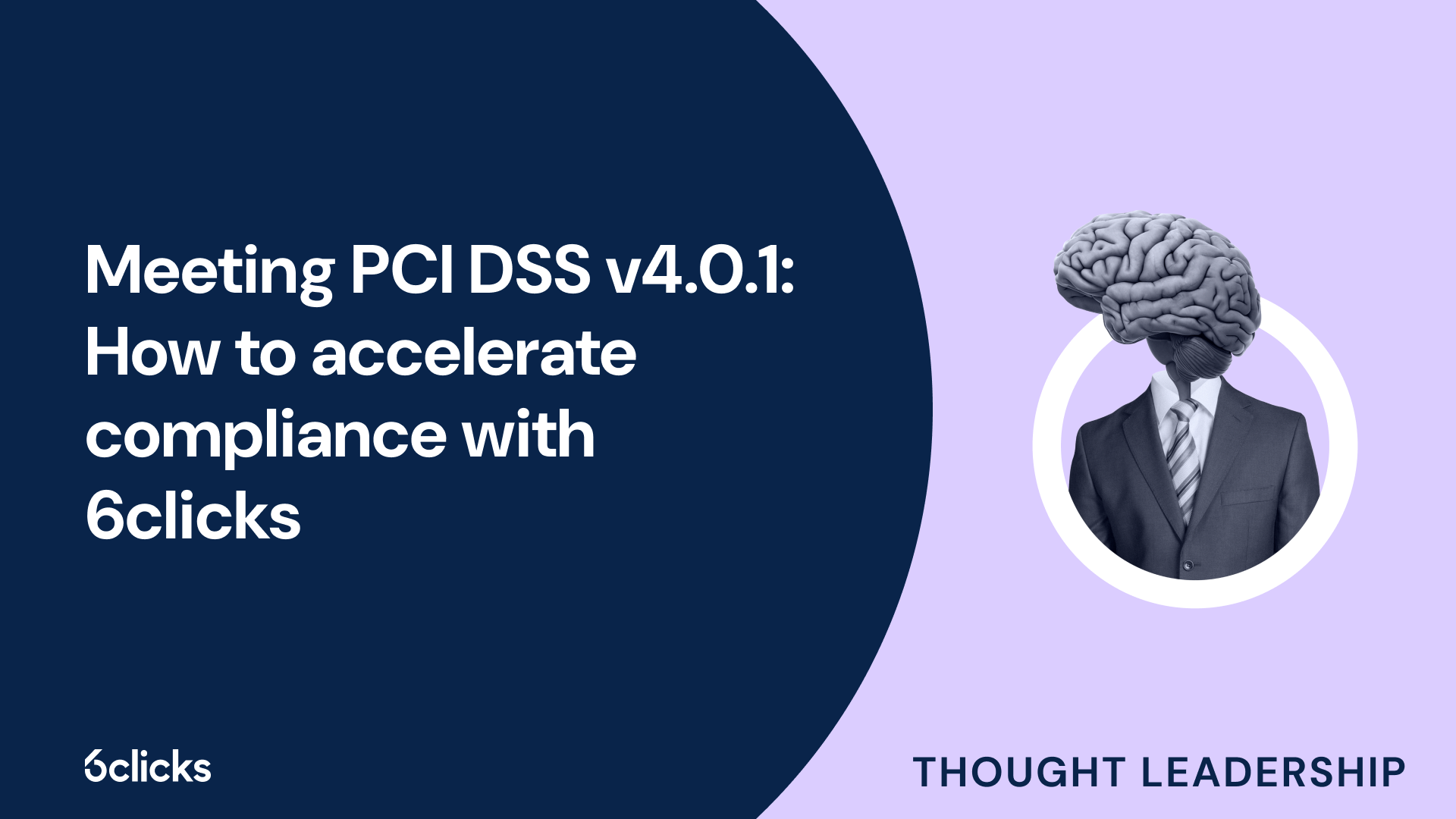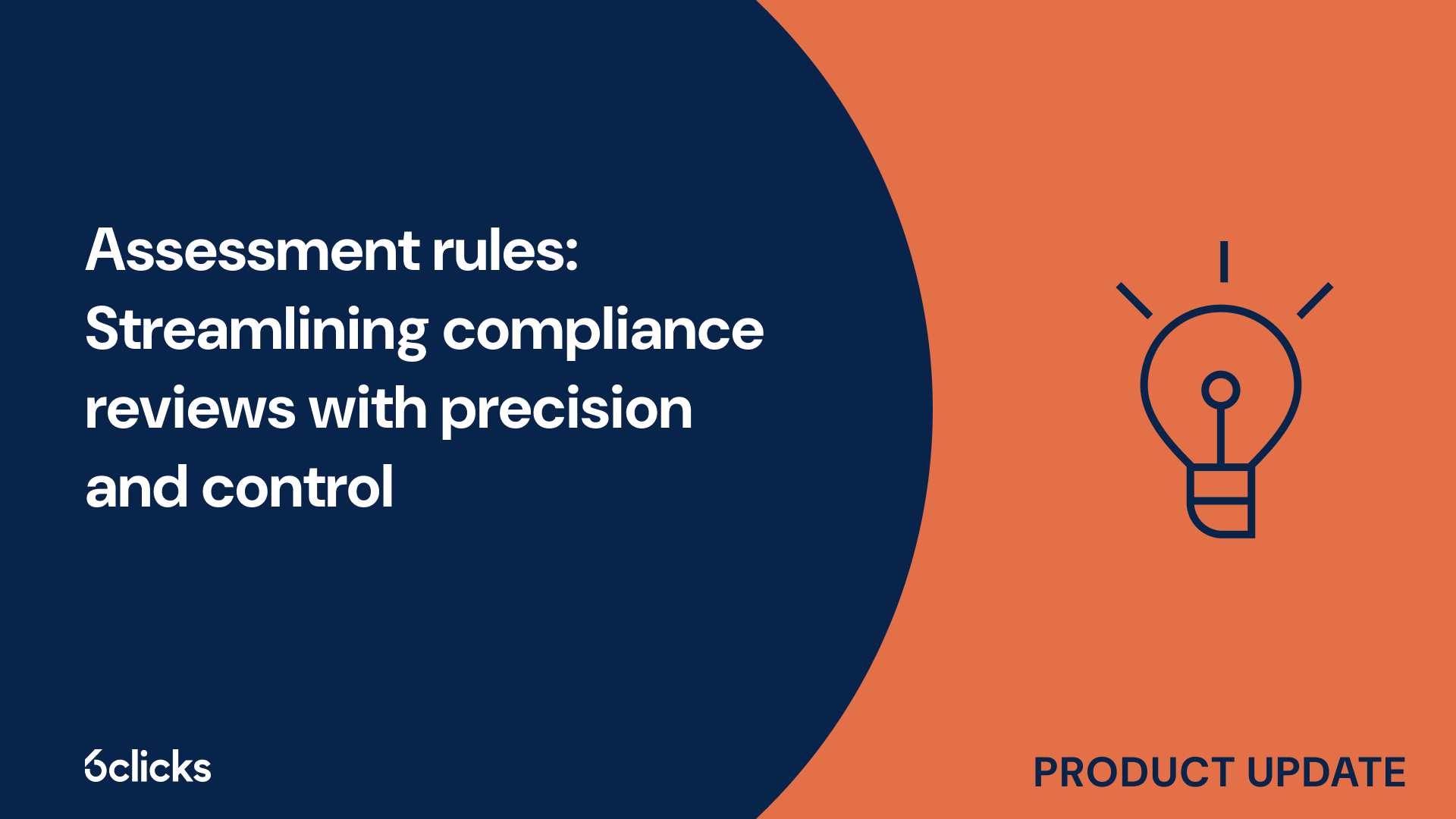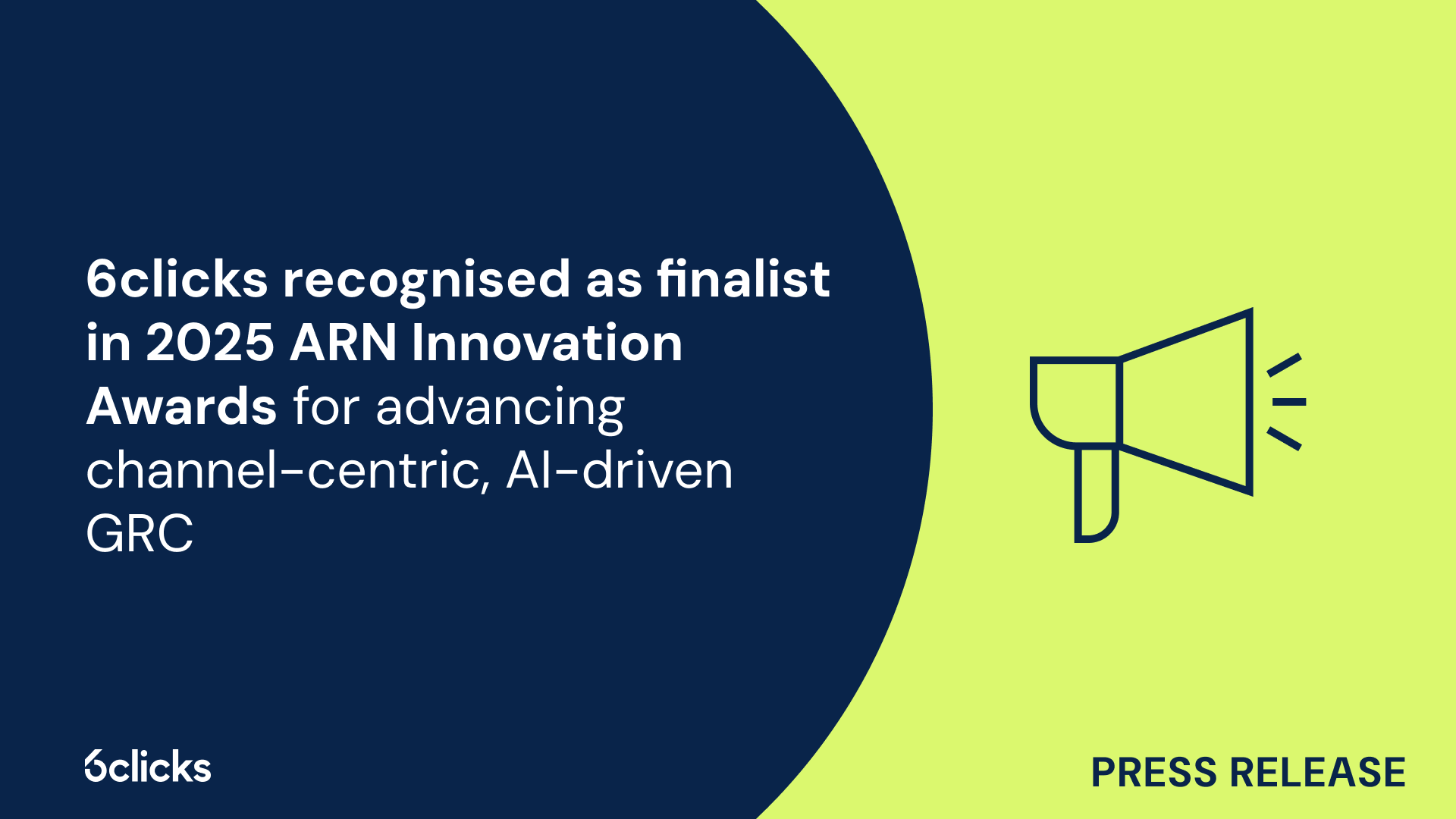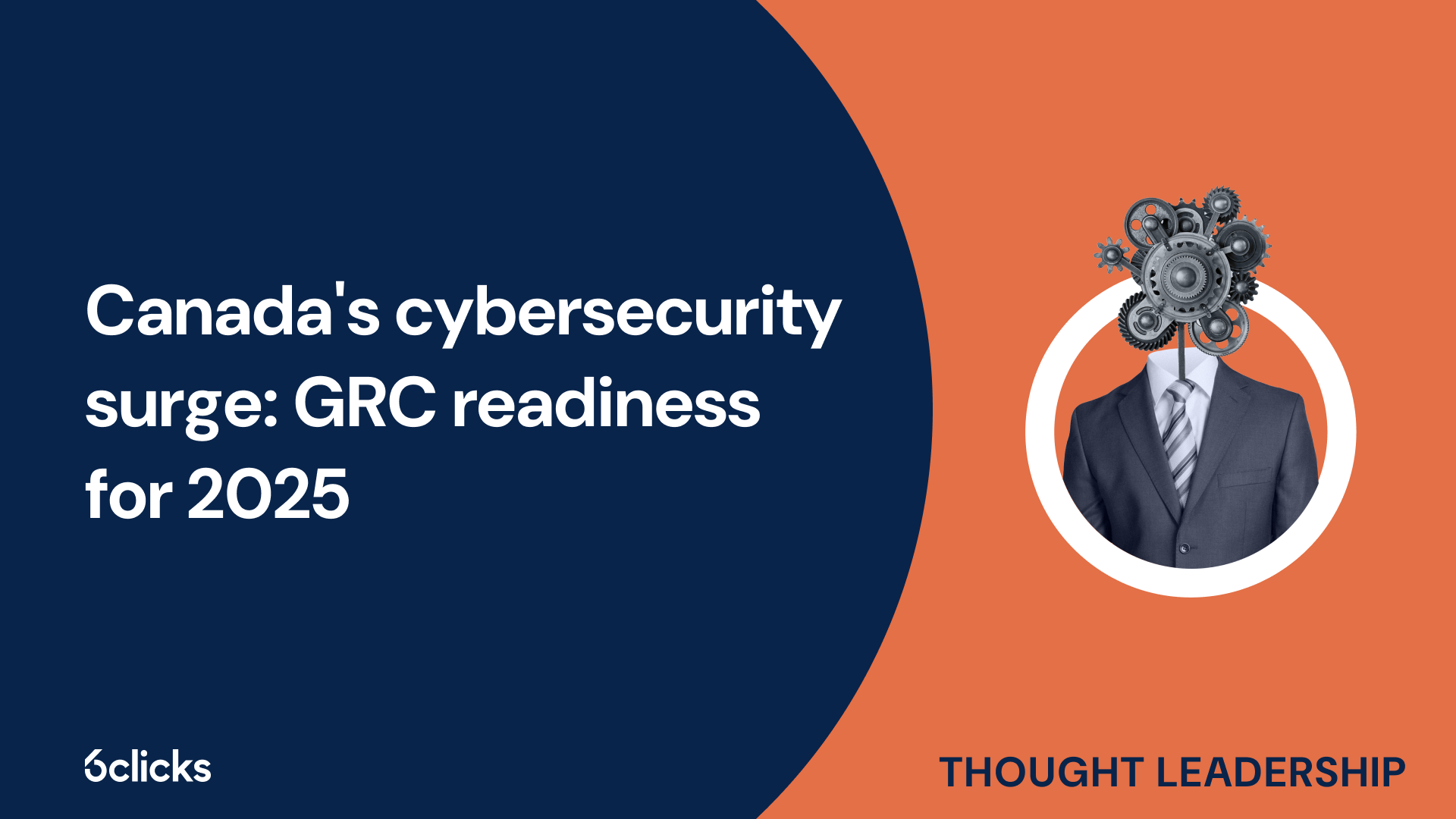SOC 2 compliance: The complete guide
Discover everything you need to know about SOC 2 compliance in this complete guide. Learn requirements, controls, and best practices to simplify audits and achieve certification with confidence.
-1.png?width=200&height=249&name=Group%20193%20(1)-1.png)
SOC 2 compliance: The complete guide
Definition of HITRUST and SOC 2
HITRUST (Health Information Trust Alliance) and SOC 2 (Service Organization Control 2) are two industry-leading security and compliance frameworks that help organizations demonstrate their commitment to protecting sensitive data and meeting regulatory requirements. HITRUST is specifically designed for the healthcare industry and provides a comprehensive and standardized approach to managing security risks. It includes a control framework, assessment procedures, and a certification process that is recognized as the gold standard in healthcare security. SOC 2, on the other hand, is applicable to any service organization and focuses on the effectiveness of controls related to security, availability, processing integrity, confidentiality, and privacy. It provides a detailed attestation report from an independent auditor that evaluates the organization's controls against the applicable trust service criteria. Both HITRUST and SOC 2 offer valuable assurance to customers, partners, and regulators that an organization has implemented strong security practices and is committed to safeguarding sensitive information.
History and origin of HITRUST and SOC 2
HITRUST and SOC 2 are two important frameworks that have been developed to address security and compliance concerns in various industries.
HITRUST, which stands for Health Information Trust Alliance, was established in 2007 in response to the growing need for standardized security and privacy controls in the healthcare industry. The organization recognized that healthcare organizations handle sensitive patient information and wanted to create a framework that would help them protect that data.
SOC 2, on the other hand, is a framework developed by the American Institute of Certified Public Accountants (AICPA). It was created as an extension of the SOC (Service Organization Control) reporting standards to specifically address security and privacy concerns. SOC 2 provides a standard set of criteria for evaluating the effectiveness of controls in service organizations.
Both HITRUST and SOC 2 have evolved over time to adapt to the changing security and compliance landscape. HITRUST expanded its scope beyond healthcare to include other industries, such as financial services and technology, while SOC 2 continues to be widely used across various sectors.
The significance of HITRUST and SOC 2 lies in their ability to provide organizations with a comprehensive and independent assessment of their security and compliance practices. These frameworks ensure that organizations have implemented effective controls to protect sensitive data and meet regulatory requirements. By obtaining HITRUST or SOC 2 certification or reporting, organizations can demonstrate their commitment to security and compliance to stakeholders, customers, and business partners.
Differences between HITRUST and SOC 2
HITRUST and SOC 2 are both widely recognized frameworks that address security and privacy concerns in service organizations. However, there are some key differences between the two.
One major distinction is the way they are accompanied by reports. HITRUST is accompanied by a certification, while SOC 2 is an attestation report. A certification provides a comprehensive validation that an organization has met all the applicable requirements of the HITRUST Common Security Framework (CSF), whereas an attestation report provides an independent assessment of the effectiveness of controls in place.
Another difference lies in the criteria covered in the reports. SOC 2 reports include a focus on security, which is always required, and may also include optional categories such as availability, processing integrity, confidentiality, and privacy. These optional categories allow organizations to choose which areas are most relevant to their operations and demonstrate their commitment to those specific criteria.
In contrast, HITRUST has a more prescriptive control framework. It requires the implementation of controls encompassing the entire covered environment, directly addressing various aspects of security and privacy. This comprehensive approach ensures that all areas of potential risk are considered and mitigated.
Benefits of adopting HITRUST & SOC 2
Adopting HITRUST and SOC 2 provide a multitude of benefits for organizations in various industries. These frameworks offer a comprehensive approach to managing and mitigating risks, ensuring regulatory compliance, and instilling trust among stakeholders. The certification provided by HITRUST demonstrates that an organization has met all the applicable requirements of the HITRUST CSF, which is specifically designed for the healthcare industry. This certification not only enhances the organization's credibility but also reassures its clients and partners that their sensitive data is being handled securely. Similarly, SOC 2 provides an independent assessment of the effectiveness of controls in place, giving organizations the opportunity to identify and address any control weaknesses or vulnerabilities. This attestation report helps build trust with customers, suppliers, and other stakeholders by demonstrating a commitment to stringent security practices. Together, adopting HITRUST and SOC 2 can significantly enhance an organization's risk management strategies, regulatory compliance capabilities, and overall reputation in the industry.
Compliance with regulatory requirements
Compliance with regulatory requirements is of utmost importance when implementing HITRUST and SOC 2 certifications. These certifications help organizations meet their dual reporting requirements and ensure the security and privacy of sensitive data.
Both HITRUST and SOC 2 certifications address specific regulatory requirements, such as HIPAA for healthcare organizations. HITRUST's Common Security Framework (CSF) and SOC 2's trust service criteria provide a comprehensive framework for organizations to assess and manage risks, implement controls, and demonstrate compliance with applicable regulations.
Achieving HITRUST and SOC 2 certifications not only helps organizations meet regulatory requirements but also provides a range of benefits. These certifications demonstrate to stakeholders, including customers, partners, and regulators, that organizations have implemented effective controls to protect sensitive data. The certifications provide a comprehensive report, known as an attestation or certification report, which serves as evidence of compliance. This can help organizations build trust, differentiate themselves in the market, and attract new customers.
Enhanced security posture
Organizations can achieve an enhanced security posture by implementing HITRUST and SOC 2 certifications. These certifications demonstrate a strong commitment to protecting sensitive data and maintaining the availability, integrity, confidentiality, and privacy of information.
HITRUST and SOC 2 certifications cover a broad range of security controls and criteria. SOC 2 focuses on the trust service criteria, which includes security, availability, processing integrity, confidentiality, and privacy. These criteria ensure that organizations have implemented robust measures to safeguard data, mitigate risks, and ensure the smooth operation of systems and services.
HITRUST's Common Security Framework (CSF) goes a step further by incorporating multiple frameworks, regulations, and standards, such as HIPAA for healthcare organizations. It provides a comprehensive set of control objectives and criteria, covering areas such as access control, risk management, incident response, and more.
To validate the effectiveness of these controls, independent assessments can be conducted by CPA firms. These assessments involve an objective evaluation of an organization's security practices, controls, and compliance with the criteria set by HITRUST and SOC 2. The resulting attestation or certification report provides a detailed and transparent assessment of the organization's security posture, offering assurance to stakeholders that the controls in place are effective.
By achieving these certifications and undergoing independent assessments, organizations can demonstrate their commitment to information security, gain a competitive edge, and build trust with customers, partners, and regulators. These certifications play a crucial role in ensuring the protection of sensitive data and maintaining a robust security posture.
Improved efficiency and quality of controls
Adopting HITRUST and SOC 2 certifications can significantly improve the efficiency and quality of an organization's controls. These certifications provide a comprehensive framework and criteria that organizations can implement to safeguard their data and mitigate risks effectively.
By aligning with both HITRUST and SOC 2 frameworks, organizations have the opportunity to save time and resources. Instead of undergoing separate audits and assessments, the alignment allows for a streamlined process where both frameworks are evaluated simultaneously. This alignment eliminates duplication of efforts, as organizations only need to demonstrate compliance once for both certifications.
Moreover, combining the auditing and reporting processes into a single report offers several benefits. Firstly, it saves time and resources by minimizing the documentation and administrative tasks associated with multiple reports. Secondly, it provides a holistic view of an organization's controls, making it easier to identify areas of improvement and address any gaps in compliance. Lastly, a single report helps stakeholders, such as clients, investors, and regulators, gain a comprehensive understanding of an organization's security posture, enhancing trust and confidence in the organization.
Increased customer confidence
By adopting both HITRUST and SOC 2 frameworks, organizations can significantly increase customer confidence in their security posture. These certifications provide a strong signal that an organization has undergone a rigorous and independent assessment of its controls and processes.
Receiving a certified assessment offers numerous benefits, including the assurance it provides to customers. Knowing that an organization has met the stringent requirements of both HITRUST and SOC 2 demonstrates a commitment to protecting customer data and mitigating risks. This assurance ultimately leads to increased trust and confidence in the organization's ability to safeguard sensitive information.
HITRUST and SOC 2 certifications act as a seal of trustworthiness, providing customers with the peace of mind that their data is being handled in a secure manner. By adhering to these frameworks, organizations demonstrate their commitment to privacy, security, and compliance. This proactive approach can help mitigate data breaches and unauthorized access, as organizations have implemented robust control measures that meet industry standards. The certifications serve as proof that an organization has taken the necessary steps to protect customer data, reducing the risk of potential security incidents.
Challenges of implementing HITRUST & SOC 2
Implementing HITRUST and SOC 2 certifications can present a series of challenges for organizations. These certifications require organizations to meet specific control objectives and implement comprehensive security practices to protect sensitive data. One of the main challenges lies in understanding and interpreting the complex requirements and criteria of these frameworks. Organizations may struggle to identify the applicable trust service criteria and effectively apply them to their operations. Additionally, implementing controls and ensuring their effectiveness can be a challenging task, especially for organizations with limited resources and expertise. Maintaining compliance with regulatory requirements and staying up to date with changes in the frameworks can also pose challenges. Despite these challenges, organizations that successfully implement HITRUST and SOC 2 certifications can benefit from increased trust, improved security practices, and reduced risk of data breaches.
Cost implications
Implementing HITRUST and SOC 2 certifications can have cost implications for organizations, but these certifications offer significant benefits in terms of regulatory compliance and assurance for customers. The cost of implementing HITRUST and SOC 2 can vary based on several factors, including the size and complexity of the organization, the industry it operates in, and the level of existing controls.
When considering the cost implications, organizations need to account for licensing fees, assessment fees, and the differences in control sets between HITRUST and SOC 2. HITRUST requires licensing and subscription to their Common Security Framework (CSF), which includes the applicable trust service criteria and multiple industry-specific regulatory requirements. SOC 2, on the other hand, does not have licensing fees and requires adherence to the trust services criteria.
Assessment fees are another important cost consideration. Organizations need to engage a certified HITRUST CSF assessor or a qualified independent service auditor for their SOC 2 assessment. These assessment fees can vary depending on the scope of the engagement, the level of effort required, and the expertise of the assessor.
However, it is essential to note that combining the security assessment processes for both certifications can lead to cost savings and efficiencies. Since HITRUST CSF incorporates the trust services criteria, implementing HITRUST can address the common control objectives of both HITRUST and SOC 2. This streamlines the assessment process, reduces duplicative efforts, and potentially lowers assessment fees.
Time investment
Implementing HITRUST and SOC 2 certifications can be a time-consuming process for organizations. The duration of the implementation process can vary based on several factors, including the size and complexity of the organization, the industry it operates in, and the level of existing controls.
The time investment required for these certifications can have a significant impact on organizations. It is essential for organizations to allocate adequate time and resources to ensure a successful implementation. The process of implementing HITRUST and SOC 2 involves several steps, such as scoping, risk assessment, control identification, control implementation, and testing.
The scoping phase involves defining the scope of the assessment and identifying the systems, processes, and areas that need to be included. This step requires careful analysis and consideration, as it sets the foundation for the entire certification process.
The risk assessment phase involves identifying and assessing the risks associated with the organization's systems and processes. This step requires conducting a thorough analysis of potential vulnerabilities and threats to the organization's data and systems.
The control identification phase involves identifying the controls that need to be implemented to mitigate the identified risks. This step requires evaluating the organization's existing controls and determining any gaps that need to be addressed.
The control implementation phase involves actually implementing the identified controls. This step requires time and effort to ensure that the controls are effectively implemented throughout the organization.
Finally, the testing phase involves assessing the effectiveness of the implemented controls through testing and validation. This step requires conducting various tests and assessments to ensure that the controls are functioning as intended.
Technical complexity
Implementing HITRUST and SOC 2 certifications can be a technically complex endeavor for organizations. The technical complexity lies in the comprehensive control categories and control specifications required by both certifications.
HITRUST's control framework, known as the CSF (Common Security Framework), covers a broad range of control objectives and implementation specifications. It includes detailed requirements for areas like access control, network protection, vulnerability management, and incident response. Organizations must carefully assess their existing controls and ensure they meet the specific criteria outlined by HITRUST.
On the other hand, SOC 2 entails a detailed reporting framework and the evaluation of systems based on predefined trust service criteria, such as security, availability, processing integrity, confidentiality, and privacy. Organizations must implement controls that align with these criteria and thoroughly evaluate their systems to ensure compliance.
These technical complexities pose challenges for organizations, particularly in terms of the level of technical expertise and resources required. Implementation efforts demand a strong understanding of IT infrastructure, security practices, and regulatory compliance. Organizations may need to allocate significant time and resources to hire or train personnel with the necessary expertise. Additionally, organizations must have sufficient technical capabilities to assess and validate the effectiveness of implemented controls.
Understanding the certification process for HITRUST & SOC 2
Understanding the certification process for HITRUST and SOC 2 can be complex and challenging for organizations. Both HITRUST and SOC 2 require organizations to implement comprehensive controls and undergo assessments to ensure compliance with specific criteria. HITRUST's certification process involves assessing an organization's controls against the HITRUST CSF, a security framework that covers a broad range of control objectives. On the other hand, SOC 2 involves a detailed reporting framework that evaluates systems based on predefined trust service criteria. Both processes require organizations to allocate resources and expertise to ensure the effectiveness of implemented controls and meet regulatory requirements. Overall, achieving HITRUST and SOC 2 certifications requires a thorough understanding of technical requirements and a commitment to maintaining a secure and compliant environment.
Third-party assurance engagement (CPA Firms)
Third-party assurance engagement is a key process that involves the examination of a service organization's controls and processes by a Certified Public Accountant (CPA) firm. These firms play a crucial role in certifying organizations for compliance frameworks like HITRUST and SOC 2.
In the context of compliance frameworks, such as HITRUST and SOC 2, CPA firms conduct independent assessments of service organizations to ensure the effectiveness of controls and assess regulatory compliance. They evaluate whether the organization's control objectives have been appropriately designed and implemented. This assessment is based on applicable trust service criteria.
CPA firms adhere to a rigorous certification process that involves extensive testing and evaluation of the service organization's controls and security practices. They conduct examinations to verify the implementation of controls and assess their suitability in mitigating risks.
Upon completion of the assessment, CPA firms provide a comprehensive report on the service organization's compliance status. This report includes a detailed description of the control framework, control objectives, and the organization's management assertion. The report provides stakeholders, including customers and regulatory bodies, with assurance that the service organization has implemented effective controls and is in compliance with relevant regulations.
Interim assessment process (Testing Effectiveness of Controls)
The interim assessment process for HITRUST and SOC 2 involves thoroughly testing the effectiveness of controls within a service organization. This assessment is conducted by a qualified HITRUST CSF Assessor or a certified SOC 2 auditor.
During the interim assessment, the assessor or auditor evaluates the design and implementation of controls to ensure they are aligned with the applicable trust service criteria. They verify the organization's adherence to control objectives and assess how well the controls mitigate risks. This includes testing and validating the effectiveness of controls in protecting sensitive data, such as access control measures and security practices.
To achieve certification, the service organization must meet specific validation and certification requirements. These requirements include showing evidence of the implementation of controls, conducting vulnerability assessments, and providing documentation of policies and procedures. The organization may also need to demonstrate its compliance with regulatory requirements relevant to its industry, such as the healthcare industry for HITRUST.
The benefits of undergoing an interim assessment and achieving certification are numerous. It provides assurance to customers and stakeholders that the service organization has implemented and maintained effective controls to protect sensitive information and mitigate risks. Certification also demonstrates a commitment to regulatory compliance and enhances the reputation of the organization. Furthermore, certification for HITRUST and SOC 2 can give organizations a competitive edge, as it can be a requirement for doing business with certain clients or industries.







